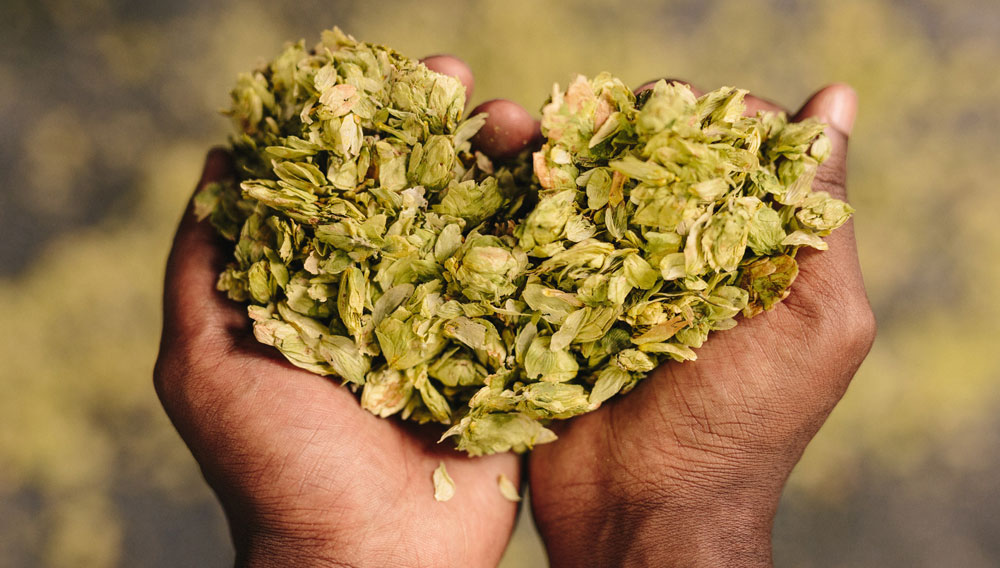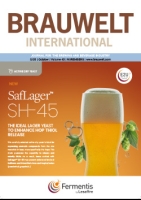Combined Particle Analysis as a New Tool to Predict Gushing Shown with Alcohol-Free Beverage Products
Combined particle analysis was applied as a tool to predict gushing in alcohol-free beverage products. Gushing is known as spontaneous overfoaming of carbonated beverages that is an intermittent problem for brewers and the beverage industry. Therefore, preventive tests to examine raw materials for their gushing risk are of interest for the industry. Previously, the focus of gushing tests was on the overfoaming of carbonated samples in specifically shaken bottles, after which the amount of overfoaming was recorded as the measure of gushing. As these tests require a number of days to be performed, it often happens that the raw materials have already been processed before the results are available. Here the combined particle analysis is presented as a “real time” alternative to such tests..
This testing methodology was applied in beverage products (for producing spritzers) where it was shown that this analysis was successful in predicting gushing. In the test samples for producing apple spritzers putative gushing causing particles with sizes of only 1–2 nm were identified. Significantly higher stray light intensities for these particles with sizes of 1–2 nm were detected for the gushing-positive compared to gushing-negative samples. The particle charge titration method revealed higher titrated volumes for the gushing-positive samples (to neutralize the entire particle surface charge) than for the gushing-negative ones. Therefore, the higher titrated volumes were associated with significantly higher amounts of 1–2 nm-particles. Accordingly the titrated volume for charge-neutralization was proposed as measurement parameter to “quantify” gushing-relevant 1–2 nm-particles in order to estimate the gushing propensity. In further beverage products (for producing apple-cherry-spritzers) small particles were not detected, which explains why considerably lower titrated volumes were used and no gushing was observed. The results demonstrate that the particle size and the particle surface charge are promising analytical parameters to predict the gushing propensity of beverage products.
BrewingScience - Monatsschrift für Brauwissenschaft, 63 (May/June 2010), pp. 72-79
Keywords
gushing beverages particle size measurement
Source
BrewingScience – Monatsschrift für Brauwissenschaft



